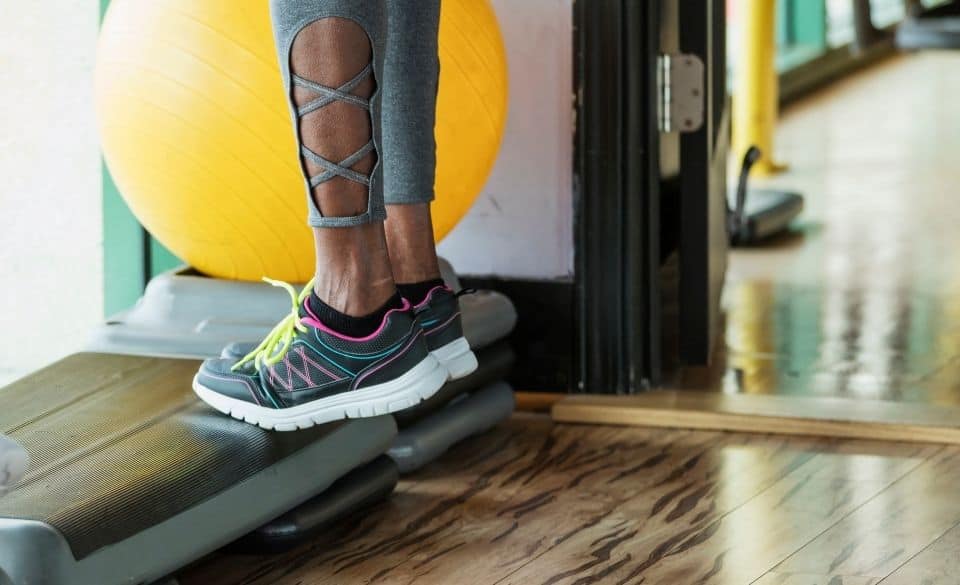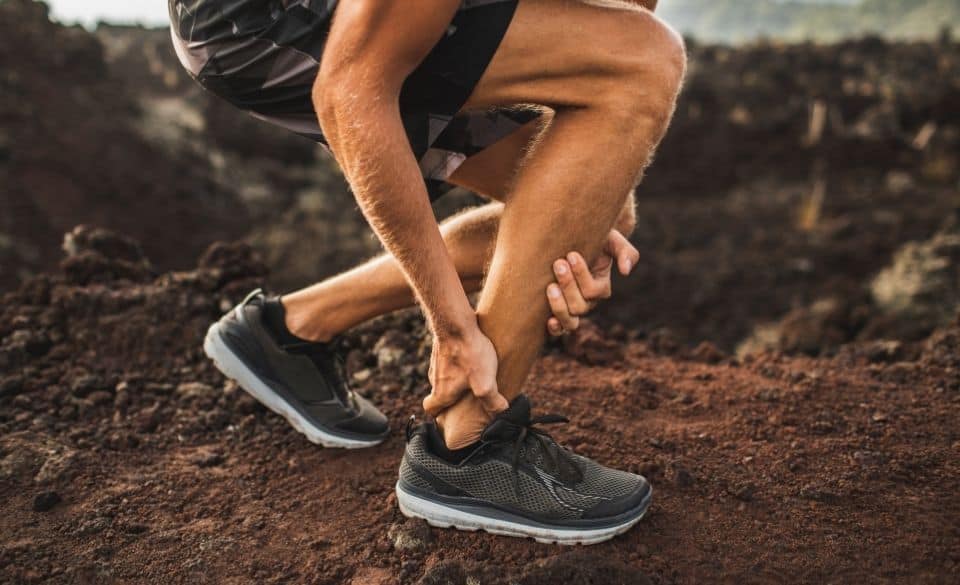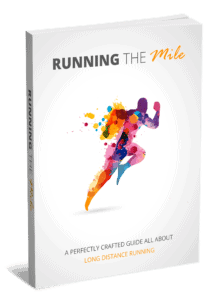
Eccentric Heel Drops – Alfredson’s Eccentric Heel Drop Protocol
Page Contents
When reading this article, it is important to understand we are talking about eccentric heel drops not eccentric heel raises. There is a very important distinction between the two.
In this article, we look at Alfredson’s heel drop protocol and other methods to help prevent and rehabilitate Achilles injures.
Eccentric Heel Drops – A Complete Guide
As a runner, you often succumb to various injuries throughout your running career. Many hours are spent focusing on exercises and rehabilitation to keep your body in check. Thus, eccentric heel drops are one of those exercises you probably know all too well.
Mainly used to help treat Achilles tendonitis, it has been proven to be very successful in treating other chronic Achilles tendon injuries.
As you run and push your toes off the ground, power is coming from the Achilles tendon. This means the faster and longer you run, the more stress is placed on the tendon. This stress can be upward of 3 times your body weight. So, eccentric heel drops should be included in your preventative maintenance plan. Whether you are injured or not.
Performing heel drop exercises help to strip away misaligned tendon fibers. This helps to lay new fibers that are aligned better to the collagen in the tendon. It is also important to note that it is common to feel light to moderate pain during these exercises. Some light to moderate pain is a positive sign in the healing process.
Once you are able to do the heel drops pain-free, you need to progressively add weight to the exercise. This can be done by wearing a backpack or using lite leg weights.
Remember any kind of strengthening regime shouldn’t be performed before a run. This will fatigue the area of deficiency more, and possibly cause more noticeable or severe symptoms.

Alfredson’s Eccentric Heel Drop Protocol
If you are struggling with Achilles tendon issues, following Alfredson’s eccentric heel drop protocol can help strengthen and align the tendon. Alfredson created an Achilles recovery plan that included three innovations that changed the way we thought about heel drops.
It’s not necessarily a bad thing if the pain in your Achilles increases. This could be a sign of the normal healing process. Heel drops should always be performed with straight or bent legs. 180 repetitions should be performed every day for a period of 12 weeks.
Alfredson’s eccentric heel drop protocol helps to increase tendon volume and stimulates collagen production just like other rehab programs. The main difference from other heel drop programs is the number of repetitions it includes. This is much more repetitions than other Achilles rehab protocols suggest. The Eccentric exercise involves dropping the heel to the ground in a slow and controlled way. While doing so, the muscles in the calf are contracting at the same time as they are lengthening.
However, the routine must be done for 3 months (12 Weeks) without fail and you may suffer some discomfort or pain during this time. Just remember, you are also most likely to see their injury getting worse before it gets better.
Recently a study was released over a 5-year period, where patients with Chronic Midportion Achilles Tendinopathy followed Alfredson’s protocol for 3 months (12 Weeks). They found that after a 5-year follow-up, 39.7% of the patients were completely pain-free. While 48.3% of others in the study had received one or more alternative treatments.
Based on this study, improvements of symptoms can be expected longer-term, but some mild pain may still remain after following the protocol for 3 months. (https://bjsm.bmj.com/content/46/3/214)
Achilles Tendon Heel Drop Exercises
Although nearly all heel drop exercises follow the same theory, the difference lays in the protocol in which you follow. It is important not to overdo the exercises in the beginning, once you feel comfortable doing them start to increase the amount of repetitions.
Gastrocnemius Heel Drop
First, stand on a step with one foot only. Raise the heel up and lower the heel slowly. Do this until the foot is parallel to the ground. Make sure you keep the leg straight and use the uninjured leg to help push back to the starting position.
This exercise should be completed three times daily (15 repetitions) for a period of 12 weeks.
Soleus Heel Drop
Performed in the same way as the gastrocnemius heel drop exercise. But you must bend your knee at 45 degrees (like a half squat).
This exercise can be performed up to three times daily with a total of 15 repetitions each time.
Alfredson’s Heel Drop
Start by using a stepper (or stairs). Stand with both legs on the stepper with the focus on the forefoot of the injured leg. Push up onto the toes. Slowly lower the injured leg’s ankle down below that of the stepper. (with the uninjured leg removed from the stepper). Place the uninjured leg back of the stepper to help you bring the foot back to the forefoot position. This can be both done with a straight and 45 degrees bent knee.
This exercise should be completed 4 times daily and focus on sets of 3×15. This will give you a total of 180 repetitions daily for a 12-week period.
Eccentric Heel Drops With Or Without Shoes
Eccentric heel drops should always be performed with shoes. Stay away from wearing minimalist shoes as they add more tension to the tendon.
It is recommended to use a normal running shoe with an average heel to toe drop. This will help prevent any tension on the tendon and provide some grip to the forefoot when lowering the heel. Stay away from performing heel drops barefooted as these often make the patient overextend the Achilles by again, adding more tension to the tendon.


Download Running the Mile for only 8usd
“A Know-all Short Report All About Long Distance Running”




